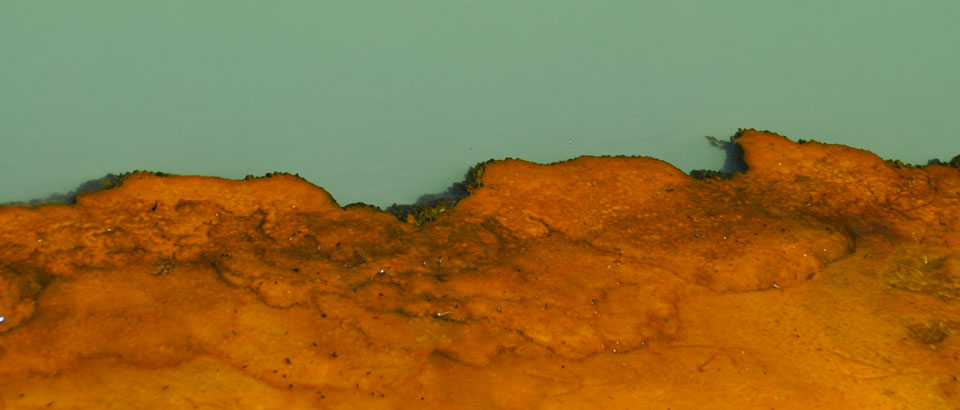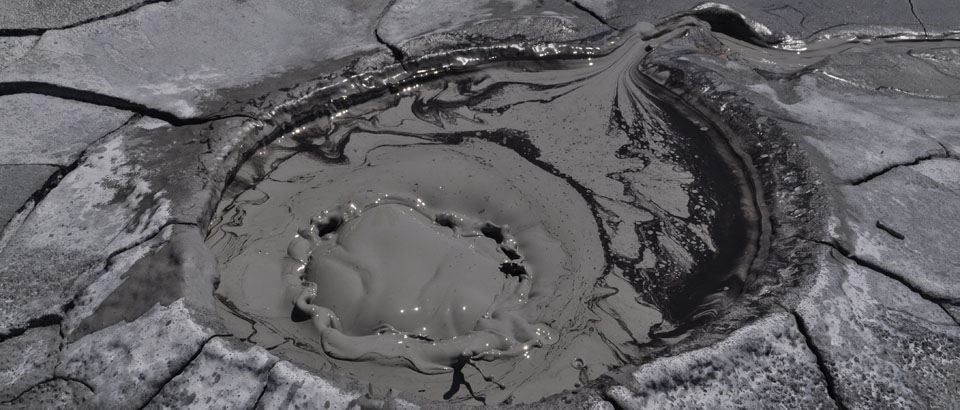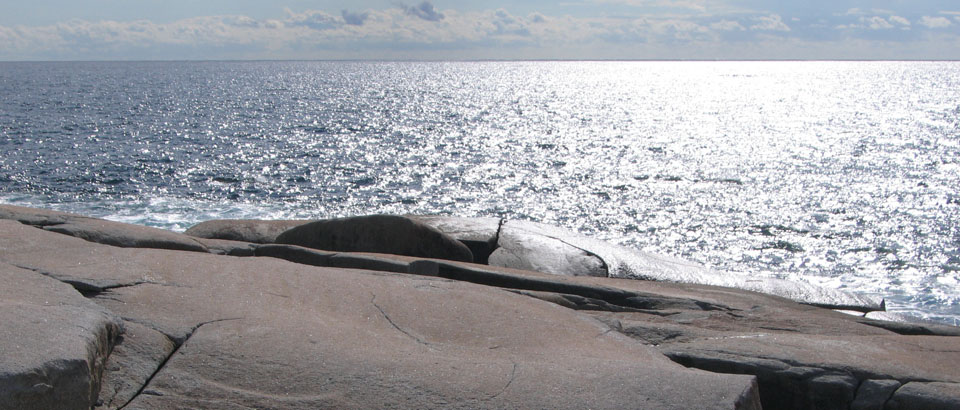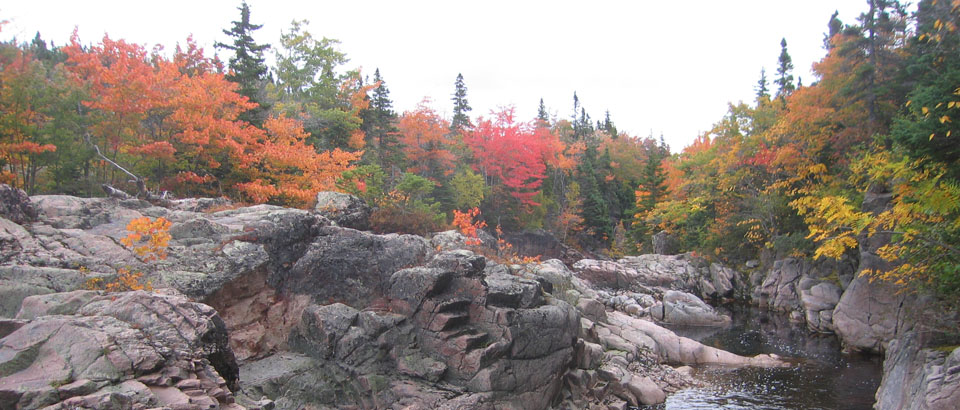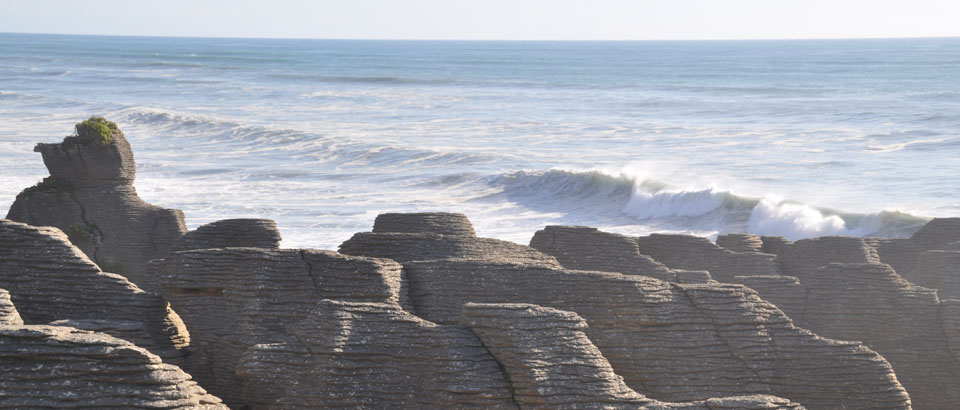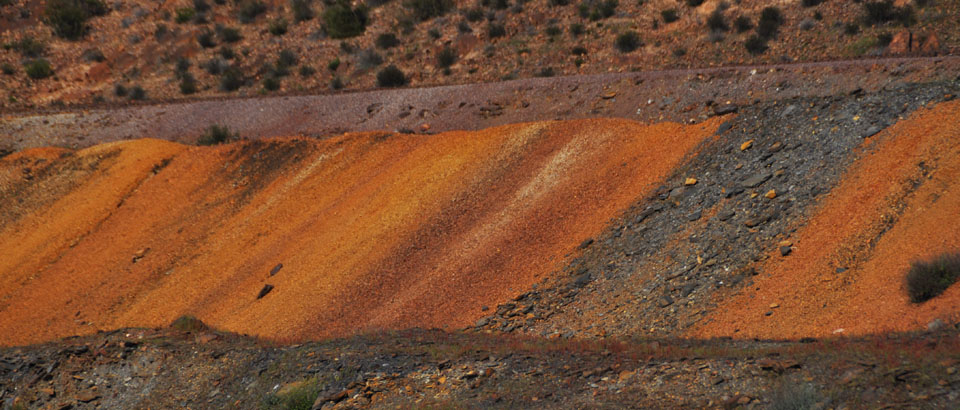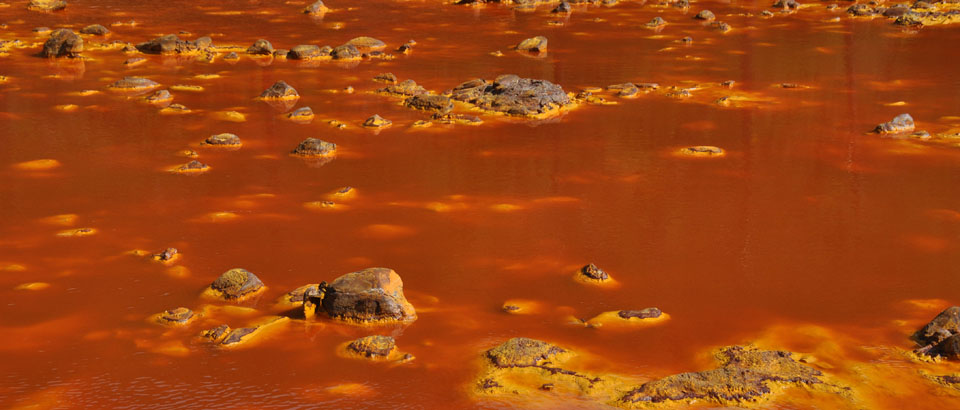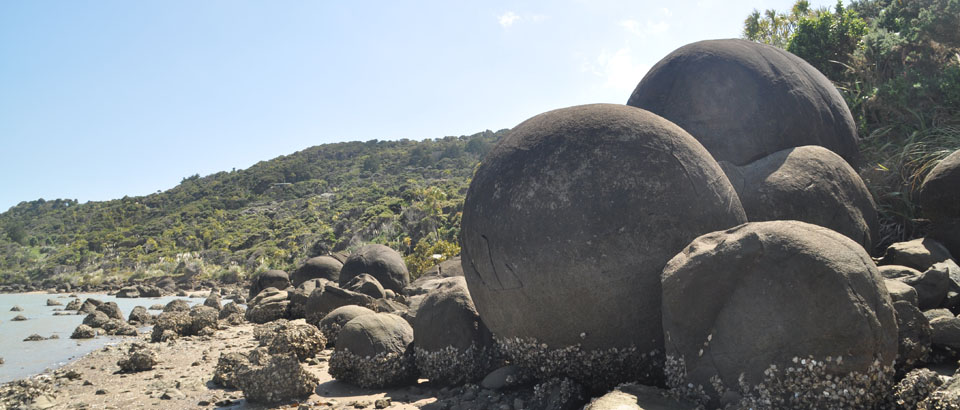Esta página contiene información acerca de los proyectos de investigación en los que Gabriel Gutiérrez-Alonso participa en la actualidad.
This papge cotains information about the Research projects in which Gabriel Gutiérrez-Alonso is currently involved.
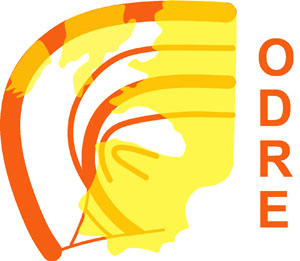
OROCLINALES y DELAMINACIÓN: RELACIONES Y EFECTOS (ODRE) – Página oficlal del proyecto en curso. En ella se pueden encontrar enlaces con distintas actividades y resultados obtenidos a lo largo de su desarrollo.
OROCLINES & DELAMINATION: RELATIONS AND EFFCTS (ODRE) – ODRE meaning wine skin in spanish is a resarch project about thick-skinned orocline buckling. Late- to post-orogenic oroclinal bending in conjunction with thinning of the lithospheric mantle is potentially an important component of the waning stages of plate convergence in collisional orogenies. You can follow this link to get in to the official webpage of the project.
 Project financed by Ministerio de Ciencia e Innovación (Presently Ministerio de Economia y Competitividad).
Project financed by Ministerio de Ciencia e Innovación (Presently Ministerio de Economia y Competitividad).
 IGCP-574 Bending and Bent Orogens and Continental Ribbons: Implications for the Paleogeographic and Tectonic evolution of Earth, and the structure of the Lithosphere - Understanding how map-view bends of mountain belts form and evolve is a first order Earth System problem and is the focus of the IGCP Project 574. Earth’s great mountain systems, both modern and ancient, are characterized by significant map-view bends. The origin and evolution of bends of mountain belts is central to Earth’s climatic, topographic, and tectonic evolution. The Bolivian bend (or Orocline) of the Andes is coincident with and formed at the same time as the Altiplano, Earth’s second greatest high plateau. Significant changes in Earth’s climate, including the onset of the most recent ice age, have been linked to the growth of the Altiplano. The bends (Syntaxes) adorning the western and eastern ends of the Himalaya are characterized by some of the greatest topographic relief on Earth, and are flanked by Earth’s two greatest mountains, K2 and Everest, respectively. The late Paleozoic Variscan mountain system that records formation of Pangea, is characterized by a 180° bend in the Iberian peninsula. The Iberian orocline is central to, and formed at the same time as a massive magmatic – thermal province that seeded much of the supercontinent with mineral deposits, and which, presaged Pangea’s eventual break-up by weakening the crust. Furthermore, much of Earth’s budget of mineral deposits, and its thermal evolution (and hence its potential for hydrocarbons and other energy reserves) can be related to the formation of great bends of mountain systems. An improved understanding of the processes responsible for the formation of bent mountain systems therefore promises both scientific advances and societal benefits, improving the understanding of the mechanisms and processes responsible for plate tectonics and for changes in Earth geography through time; as well as creating refined models of climate and climate evolution and increased exploration efficiency for both mineral deposits and hydrocarbon reservoirs.
IGCP-574 Bending and Bent Orogens and Continental Ribbons: Implications for the Paleogeographic and Tectonic evolution of Earth, and the structure of the Lithosphere - Understanding how map-view bends of mountain belts form and evolve is a first order Earth System problem and is the focus of the IGCP Project 574. Earth’s great mountain systems, both modern and ancient, are characterized by significant map-view bends. The origin and evolution of bends of mountain belts is central to Earth’s climatic, topographic, and tectonic evolution. The Bolivian bend (or Orocline) of the Andes is coincident with and formed at the same time as the Altiplano, Earth’s second greatest high plateau. Significant changes in Earth’s climate, including the onset of the most recent ice age, have been linked to the growth of the Altiplano. The bends (Syntaxes) adorning the western and eastern ends of the Himalaya are characterized by some of the greatest topographic relief on Earth, and are flanked by Earth’s two greatest mountains, K2 and Everest, respectively. The late Paleozoic Variscan mountain system that records formation of Pangea, is characterized by a 180° bend in the Iberian peninsula. The Iberian orocline is central to, and formed at the same time as a massive magmatic – thermal province that seeded much of the supercontinent with mineral deposits, and which, presaged Pangea’s eventual break-up by weakening the crust. Furthermore, much of Earth’s budget of mineral deposits, and its thermal evolution (and hence its potential for hydrocarbons and other energy reserves) can be related to the formation of great bends of mountain systems. An improved understanding of the processes responsible for the formation of bent mountain systems therefore promises both scientific advances and societal benefits, improving the understanding of the mechanisms and processes responsible for plate tectonics and for changes in Earth geography through time; as well as creating refined models of climate and climate evolution and increased exploration efficiency for both mineral deposits and hydrocarbon reservoirs.
 What are IGCP Projects? – Igcp Projects are financed by UNESCO-Visit the UNESCO-IGCP webpage
What are IGCP Projects? – Igcp Projects are financed by UNESCO-Visit the UNESCO-IGCP webpage


